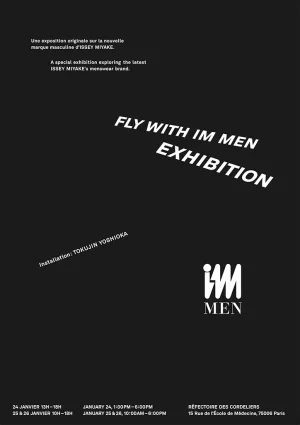nationalsalt
Well-Known Member
- Joined
- Apr 23, 2024
- Messages
- 185
- Reaction score
- 327
After many years of fashion documentaries, which all seem to cover the build up to the show and the climax of the designer's bow, I've always been curious about what happens in the weeks and months after in order to get the collection into stores.
For example -
- If designers are making adjustments to garments up until the moment they go on the runway, how and when do they liaise with the merchandising team to decide prices, adjustments for retail etc. to decide what to sell to buyers? Or are the merchandising team working silently alongside the collection's development to work these things out as they go?
- If a manufacturer's price is determined by how many items they'll be producing for a designer (i.e. discounts for higher quantities), how do designers determine how much to sell them for before buyers have placed their orders?
- How soon after a designer's show do they usually meet with buyers?
- Do buyers usually place their orders on the spot, or do they wait until they've done all the shows to allocate their budget accordingly?
- Do buyers tend to pay up front for their orders, or upon delivery? Or put a partial deposit down?
- What is the average timespan between a fashion show and the collection arriving in stores?
Thanks in advance for any answers and insights!
For example -
- If designers are making adjustments to garments up until the moment they go on the runway, how and when do they liaise with the merchandising team to decide prices, adjustments for retail etc. to decide what to sell to buyers? Or are the merchandising team working silently alongside the collection's development to work these things out as they go?
- If a manufacturer's price is determined by how many items they'll be producing for a designer (i.e. discounts for higher quantities), how do designers determine how much to sell them for before buyers have placed their orders?
- How soon after a designer's show do they usually meet with buyers?
- Do buyers usually place their orders on the spot, or do they wait until they've done all the shows to allocate their budget accordingly?
- Do buyers tend to pay up front for their orders, or upon delivery? Or put a partial deposit down?
- What is the average timespan between a fashion show and the collection arriving in stores?
Thanks in advance for any answers and insights!


